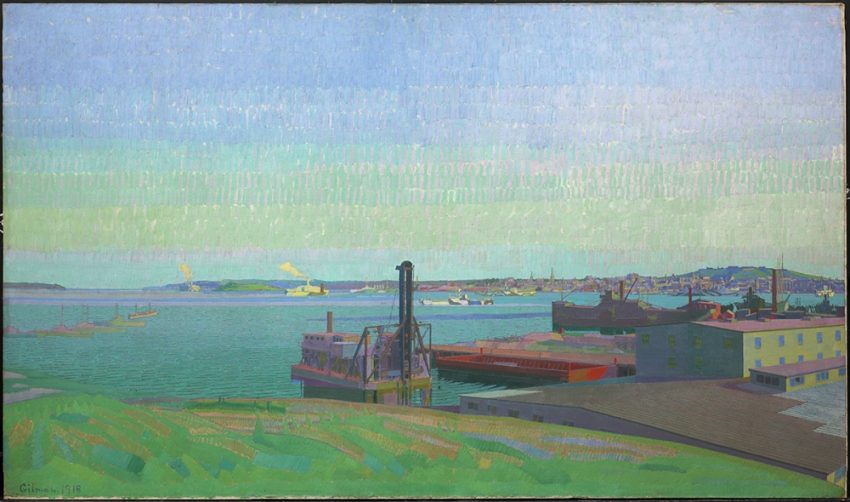
Artist Arthur Lismer, who later would co-found the famed Group of Seven, was living 10 miles outside Halifax on Dec. 6, 1917 when he felt the shock wave of the largest man-made explosion the world had seen. The collision of two ships, one carrying munitions for World War I battlefields, rocked the harbour, killing 2,000, injuring 10,000 and flattening parts of Halifax and adjacent Dartmouth. Lismer took his sketchbook and began recording the carnage.
The explosion remains a searing moment in Canadian history, art and literature. It was the largest man-made explosion prior to the detonation of the first atomic bombs in 1945.
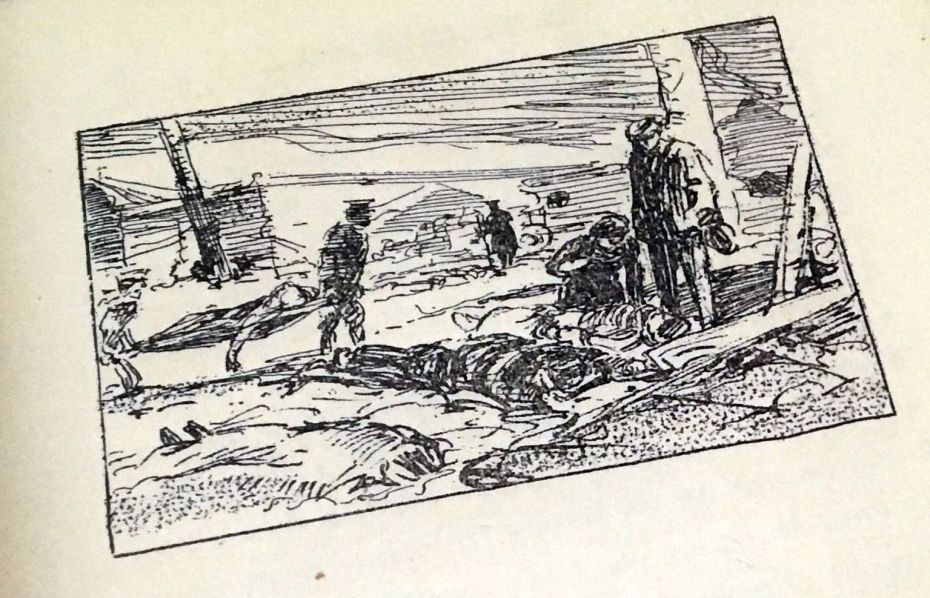
By 1918, a year after the devastation, Lismer and British artist Harold Gilman had both been commissioned as war artists by the Canadian War Memorials Fund to record war activity on the home front. The two men struck up a friendship and worked side-by-side on occasion.
An exhibition at the National Gallery of Canada (through March 17, 2019) brings together sketches and related material to explore the explosion, its aftermath and Halifax during the war. The exhibit focuses on iconic works of the harbour. At the top of this post, Harold Gilman’s simply named: Halifax, 1918. Below: Arthur Lismer’s Winter Camouflage.
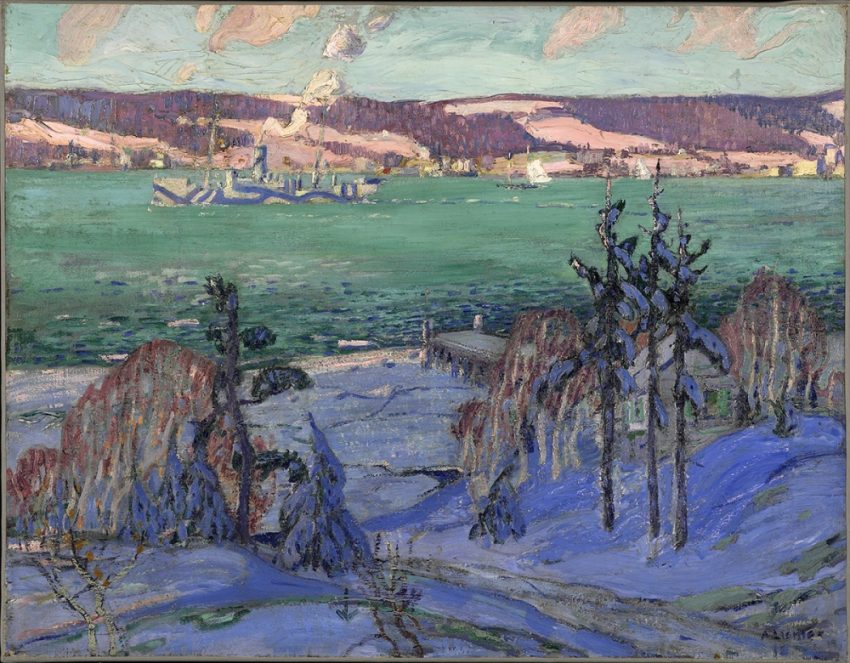
Arthur Lismer profile, here
Background on the harbour paintings, here.
 With this article, Canadian Art Junkie restarts the 150 Artists series, focused on artists of historical, artistic or cultural significance. Arthur Lismer of the Group of Seven is #35 of 150.
With this article, Canadian Art Junkie restarts the 150 Artists series, focused on artists of historical, artistic or cultural significance. Arthur Lismer of the Group of Seven is #35 of 150.
More on Group of Seven artists Tom Thomson and Lawren Harris, here.
Discover more from Canadian Art Junkie
Subscribe to get the latest posts sent to your email.

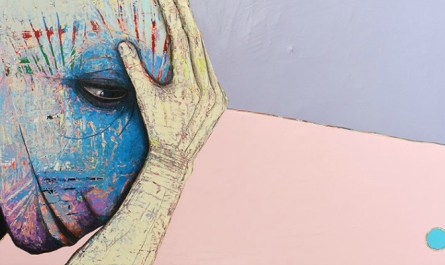

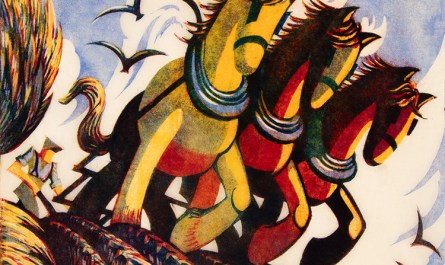
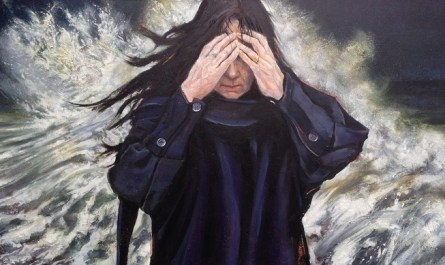


As the luthier who represented Arthur Lismer in the 2017-18 McMichael Gallery exhibition, ‘ The Group of Seven Guitar Project’, I have spent a lot of my life with threads connecting me to Arthur. For this past exhibition, I drew on much of that history as well as taking a trip with a film crew to Halifax. We visited the harbour area and NSCAD University where I had studied long ago and Lismer had been the principal in the early 20th Century.
We also took a drive out to his former home in Bedford by kind invitation of its present day owner. I stood in the kitchen where the Lismer family had been eating breakfast when the explosion took place and the glass blown out by the immense energy from the blast. It must have been terrifying. With other painter friends of his already documenting WWI as war artists it would likely have been surreal for Arthur, being so far away from the war front in Europe and then suddenly being confronted with so much carnage and destruction. He was prevented from getting too close to the scene of the accident as there was concern over espionage and the cause of the explosion itself but there was still much damage and suffering for him to record in his sketches that lay outside the restricted harbour.
It is a fascinating period in Canada’s history and it is our job to keep these events alive in peoples imagination. It was certainly one of Canada’s great tragedies and these painting help remind and educate us of those dire events.
Thank you so much for this perspective. The details you provide bring it to life, and we get other fascinating info too (like the espionage concern). I very much appreciate you weighing in, because you’re right, it’s our job to keep these events alive.
For readers who aren’t familiar with the McMichael Group of Seven Guitar Project, here is the link https://canadianartjunkie.com/2017/04/04/group-of-seven-guitars/
Also, here is the link to a Globe and Mail article that carries Tony Duggan-Smith’s “Arthur Lismer” guitar https://www.theglobeandmail.com/arts/art-and-architecture/mcmichaels-new-exhibit-strikes-a-different-kind-ofchord/article34902195/